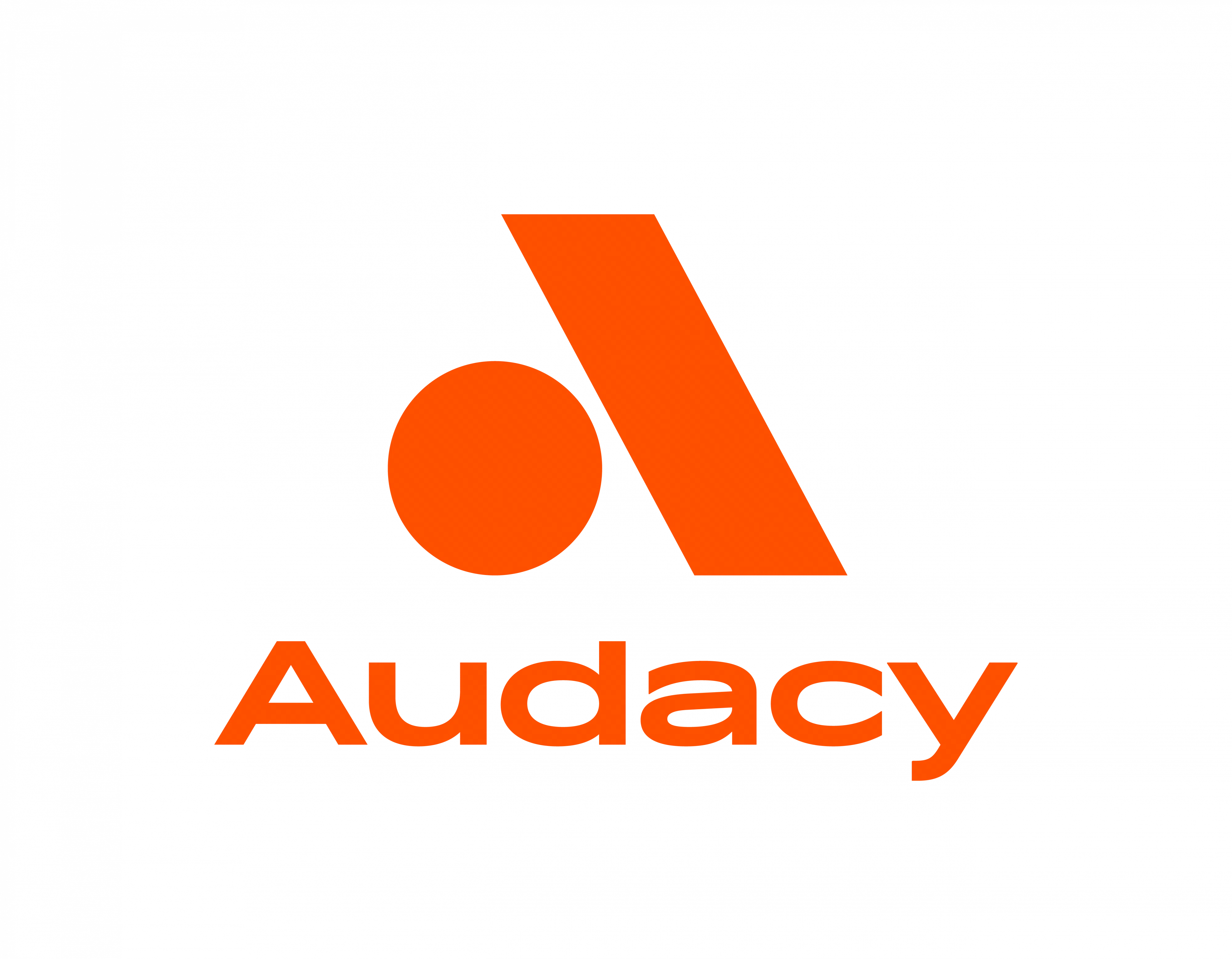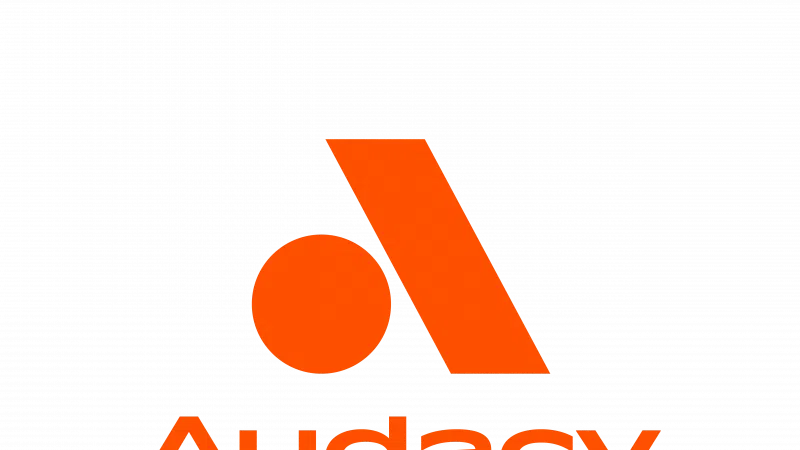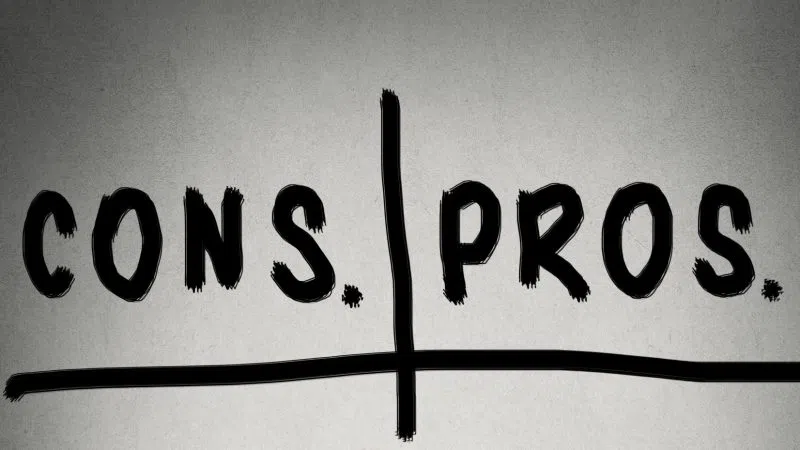The radio industry has always been dynamic, but when a major player like Audacy makes a seismic shift—especially one as significant as going private—the entire industry takes notice. Following the FCC’s approval of its Chapter 11 bankruptcy ownership restructuring, Audacy is now embarking on a new chapter in its evolution. The company’s leadership, helmed by David Field, has made it clear: this transition marks not just the end of a financial restructuring, but the beginning of a bold new era for the radio industry.
As Audacy emerges from bankruptcy with a leaner, stronger balance sheet, reducing its debt by 80% to just $350 million, the possibilities for growth, innovation, and leadership in the audio landscape have expanded. While these changes can stir anxiety in an industry where stability is crucial, Audacy’s move to go private should be seen as an opportunity—not only for Audacy but for the industry as a whole.
Why Going Private Can Be a Game Changer
When a company like Audacy goes private, it gains a significant advantage: freedom. Without the pressures of quarterly earnings reports and the volatility of public markets, the management team can focus on long-term strategies rather than short-term profits. This shift allows for greater flexibility in decision-making, enabling the company to invest in areas that truly matter—like innovation, technology, and exclusive content.
Audacy’s decision to take this path should inspire confidence, not fear. By reducing its debt and stepping out of the public eye, the company now has the ability to take risks and make bold moves that can reshape the future of radio and digital audio. For an industry undergoing digital transformation, this is exactly the kind of leadership we need.
What Audacy’s Future Could Look Like
One of the key benefits of going private is that Audacy can now double down on its core strengths: multi-platform audio, digital innovation, and premium content. As David Field mentioned, Audacy’s leadership in sports audio and exclusive content will be central to its future strategy. Freed from the distractions of the public market, Audacy can focus on enhancing its digital platforms, expanding its podcasting portfolio, and exploring new frontiers in streaming and interactive audio.
In fact, studies show that the audiences most engaged with these types of content—especially AM/FM radio and podcasts—are much younger and more digitally savvy than traditional TV audiences. With the median age of podcast listeners at 34 and AM/FM radio listeners at 47, this is the demographic that will drive the future of audio. Audacy is now perfectly positioned to capture this audience by reallocating resources to more effective platforms, such as podcasts and AM/FM radio, rather than relying heavily on traditional TV ads, which are proving less effective for certain brands.
A New Focus on Innovation and Growth
With its financial restructuring complete and a significantly lower debt burden, Audacy now has the financial flexibility to invest where it truly matters—technology, partnerships, and content. For radio professionals, this signals that Audacy is not just recovering from bankruptcy; it is emerging stronger, with the ability to lead the industry into the future.
By going private, Audacy can focus on accelerating its digital transformation, building on its strong foundation in podcasting and live audio content. With radio’s unique ability to deliver local, personalized content, coupled with the flexibility of digital platforms, Audacy has the opportunity to bridge the gap between traditional broadcasting and the on-demand world of podcasts and streaming.
What This Means for the Radio Industry
For other large enterprise-sized companies in the radio industry, Audacy’s move offers important lessons. As radio continues to evolve alongside digital media, companies need to embrace change, invest in new technology, and focus on the platforms that are resonating with modern audiences. There’s no better time than now to look inward and evaluate how your own operations can adapt to meet the growing demands of digital transformation.
This is where leveraging systems like SoCast or similar platforms comes into play. As Audacy focuses on the opportunities that come with going private, other companies can benefit from adopting digital tools that enhance audience engagement and streamline content delivery. Systems like SoCast provide a suite of digital solutions for radio broadcasters, allowing them to expand their reach across digital and mobile platforms. By offering tools for podcast integration, digital ad management, and audience analytics, platforms like SoCast help radio stations and media companies maximize the value of their content.
By adopting these systems, radio broadcasters can amplify their strengths in AM/FM radio while tapping into new digital opportunities, much like Audacy will be doing in its next phase of growth. With the right tools, even traditional radio stations can deliver more personalized, engaging content to listeners, both on-air and online.
The Path Forward
Audacy’s journey into private ownership signals a new chapter for both the company and the radio industry at large. With less debt and more flexibility, Audacy is now free to lead the charge in transforming radio into a multi-platform powerhouse. The industry should take inspiration from this move—embracing innovation, focusing on audience engagement, and leveraging digital tools to stay ahead of the curve.
As Audacy shows, the future of radio is not just about surviving in a digital age—it’s about thriving. With the right strategies, the radio industry can continue to grow, evolve, and capture the hearts and minds of listeners for years to come.
If you want to know more about how the largest radio broadcasters can benefit from adopting digital tools that make digital programming and sales easy, book a consultation here: https://www.socastdigital.com/contact-us/









